Two American Companies Develop Hitch-Hiker an Interceptor Drone Designed for Combat in Ukraine.
29 Nov, 2024 - 8:35
Defense News Aerospace 2024Since the beginning of the Russian invasion of Ukraine, the use of drones on the battlefield has increased exponentially, profoundly transforming modern military strategies. In response to this proliferation, two American companies, IronNet and Asterion Systems, have collaborated to develop an innovative system designed to address these challenges: the Hitch-Hiker interceptor drone. This new device, combining advanced artificial intelligence and electric propulsion technologies, has recently been tested in combat in Ukraine, where it could play a key role in countering enemy drones.



Designed as a high-speed interceptor, this drone employs advanced algorithms to target and neutralize enemy drones, including Iranian-made Shahed models used by Russia (Picture source: Asterion)
The Hitch-Hiker is the result of a partnership between IronNet, a company specializing in cybersecurity and artificial intelligence, and Asterion Systems, a leader in unmanned aerial system technologies. Designed as a high-speed interceptor, this drone employs advanced algorithms to target and neutralize enemy drones, including Iranian-made Shahed models used by Russia, without requiring costly defense systems like Patriot missiles. This innovation is based on the technological synergy between the two companies: Asterion developed the drone's hardware architecture, while IronNet created the digital environment enabling its efficient operation in complex combat scenarios.
The Hitch-Hiker weighs less than 8 kg, measures 121 cm in length, and has a wingspan of 70 cm. It can be launched automatically when a threat is detected. With a top speed exceeding 300 km/h, it can intercept a target at a distance of 5 km in under 60 seconds. The drone is guided by radar using IGP's Perimaster software, which enables it to track and engage its target while providing detailed video and AI-based target identification. It can either follow the target or neutralize it using technology designed to minimize collateral damage.
The Hitch-Hiker's development reflects a strategic approach aimed at reducing costs while enhancing flexibility and operational efficiency on the battlefield. According to Colonel Peer de Jong, this "all-inclusive" model has the potential to transform modern warfare by integrating systems capable of identifying trajectories, prioritizing targets, and responding quickly to multiple threats posed by enemy drones. Admiral Mike Hewitt, director of IronNet, described this technology as a significant shift in military strategy, emphasizing its potential impact on contemporary operations.
Since 2022, Ukraine's drone industry has undergone rapid transformation, with approximately 200 local companies now producing drones tailored to a wide range of missions. These devices, from low-cost kamikaze drones to advanced models, are designed to meet diverse operational requirements. For example, ISR Defence's R18 drone can drop explosives on Russian positions and transport ammunition or supplies to areas too dangerous for ground vehicles. Similarly, the Ukrainian-made Vampire combat drone has proven useful in humanitarian contexts, delivering medicines and food to populations affected by the Kakhovka dam explosion in June 2023.
Ukraine's allies have also contributed by supplying advanced technologies to strengthen Kyiv's capabilities on the battlefield. Recently, Germany announced the delivery of 4,000 drones equipped with artificial intelligence systems. These drones can disable enemy electronic defenses, operate over a range of 30 to 40 kilometers, and target strategic locations such as combat posts and logistical hubs in Russian-held territories. This delivery highlights the ongoing evolution of tools designed to address the challenges posed by drone warfare, a rapidly changing domain.
The Hitch-Hiker aligns with this trend, providing a promising alternative to traditional defense solutions. By deploying advanced technology to effectively counter enemy drones while reducing costs, it has the potential to strengthen Ukraine's defense capabilities and set new standards for future conflicts. Although its long-term impact remains to be seen, the Hitch-Hiker represents a significant milestone in the evolution of modern military technologies.

Designed as a high-speed interceptor, this drone employs advanced algorithms to target and neutralize enemy drones, including Iranian-made Shahed models used by Russia (Picture source: Asterion)
The US Weapon That Could Outsmart Enemy Drones, Cyber Attacks

The battlefields of Ukraine have become a proving ground for innovation, and the latest contender is making waves: the Hitchhiker Counter-Unmanned Air System (c-UAS), a groundbreaking counter-drone and cybersecurity system.
Developed through a collaboration between IronNet, an artificial intelligence (AI)-driven cybersecurity firm, and Asterion Systems, a leader in counter-drone technology, this all-electric interceptor drone was recently tested in real combat conditions on Ukraine’s front lines.
So, is Hitchhiker a game-changer? Let’s break it down.
From Concept to Combat
American technology firms IronNet and Asterion teamed up with a clear goal: to create a system capable of tackling one of modern warfare’s biggest threats—drones.
In Ukraine, unmanned aerial vehicles (UAVs) have become critical tools for both sides, whether for reconnaissance, strikes, or surveillance.
Designed to counter a wide range of unmanned aerial vehicles (UAVs), this state-of-the-art platform not only enhances battlefield situational awareness but also provides an effective tool for neutralizing aerial threats. Its deployment highlights the increasing role of cutting-edge technology in modern warfare.
The HitchHiker drone has been engineered to detect, classify, and track aerial threats, offering real-time intelligence and precision in neutralizing hostile drones. Its capabilities are particularly crucial in countering drones such as the Iranian-made Shahed loitering munitions, which have become a significant threat in the conflict. This project marks the collaboration of IronNet, a leader in AI-driven cybersecurity, and Asterion Systems, a specialist in counter-drone technologies. Together, they have developed a platform that integrates advanced AI with cutting-edge hardware to tackle some of the most pressing challenges on the battlefield.
With a range of up to 200 km and a top speed of 450 km/h, the HitchHiker is both fast and versatile. It is launched through the ASTERION PERIMASTER C4 system, a sophisticated command-and-control platform that integrates long-range sensor data. This system positions the HitchHiker directly behind incoming threats, enabling operators to visually inspect potential targets in real-time before neutralizing them or recalling the drone to base. Such flexibility makes the drone valuable for both surveillance and direct action missions.
One of the HitchHiker’s standout features is its ability to deploy automatically from fixed or mobile platforms. This capability allows it to respond quickly to threats and even counter drone swarms, a growing concern in contemporary conflicts. By automating launch and operation, the system reduces response times and maximizes efficiency on the battlefield.
Germany Seeks to Buy Four Submarines for $5B to Boost NATO
German Defence Minister Boris Pistorius wants to order four new submarines to help meet NATO's security requirements in Europe.
- Looking ahead, Asterion Systems is developing a jet-powered version of the HitchHiker, capable of engaging high-speed, jet-propelled UAVs. This upgrade will further expand the drone’s tactical applications, allowing it to intercept targets beyond the reach of current electric-powered models and solidifying its position as a leading counter-UAV technology.
For Ukraine, the deployment of the HitchHiker represents a critical addition to its defense arsenal. As the conflict increasingly features UAVs for reconnaissance, surveillance, and strike missions, platforms like the HitchHiker provide a significant advantage. By integrating advanced AI and autonomous systems, the HitchHiker not only strengthens Ukraine’s defense capabilities but also offers a glimpse into the future of drone warfare. Success in these trials could pave the way for broader adoption across NATO forces, setting a new benchmark for counter-drone solutions in modern warfare.


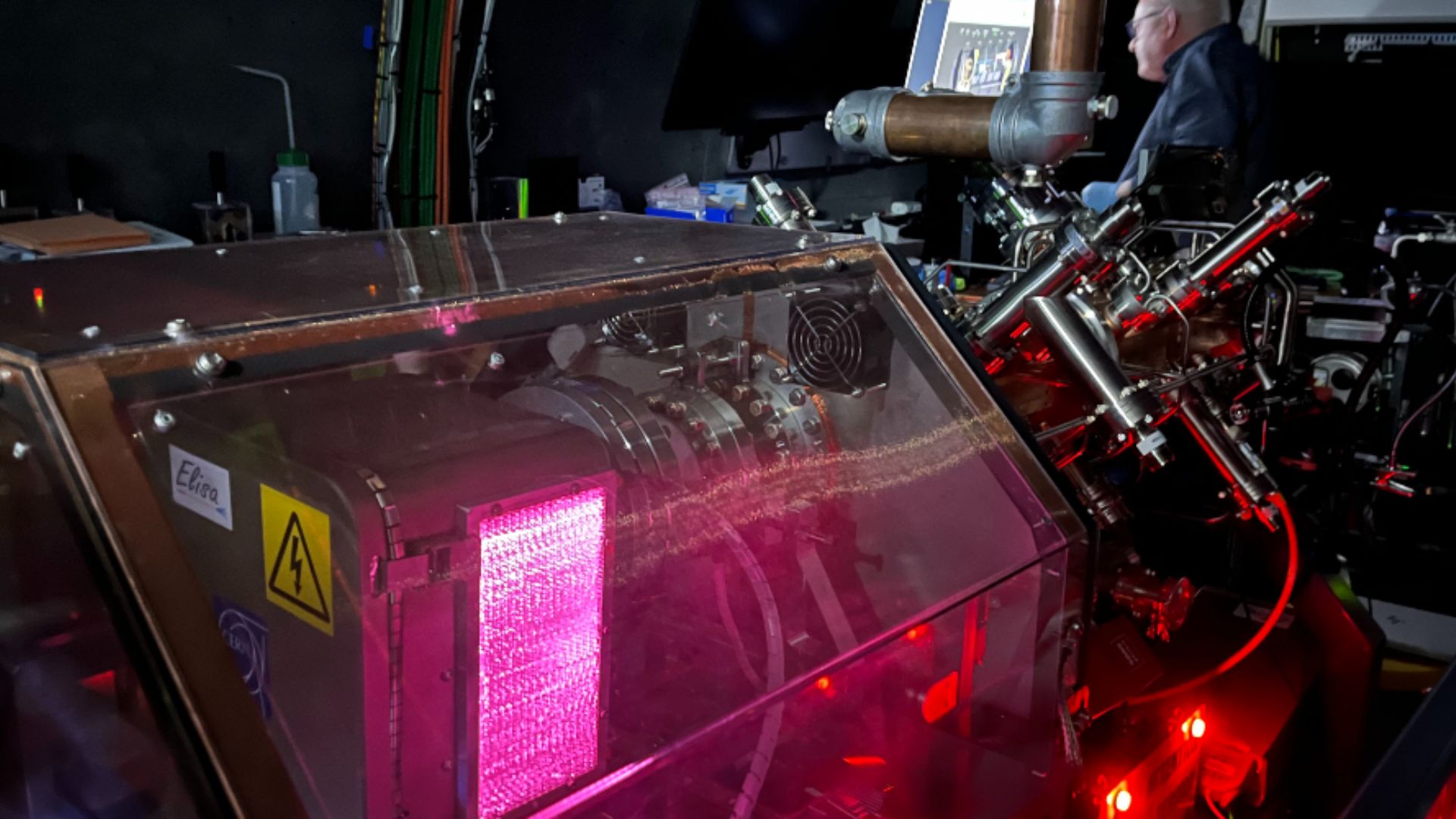

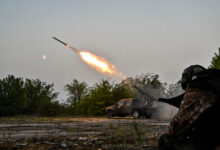


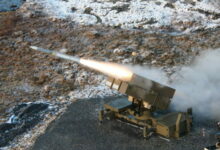
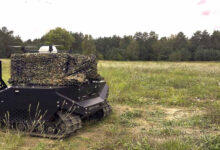

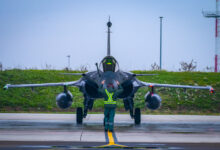









No comments:
Post a Comment